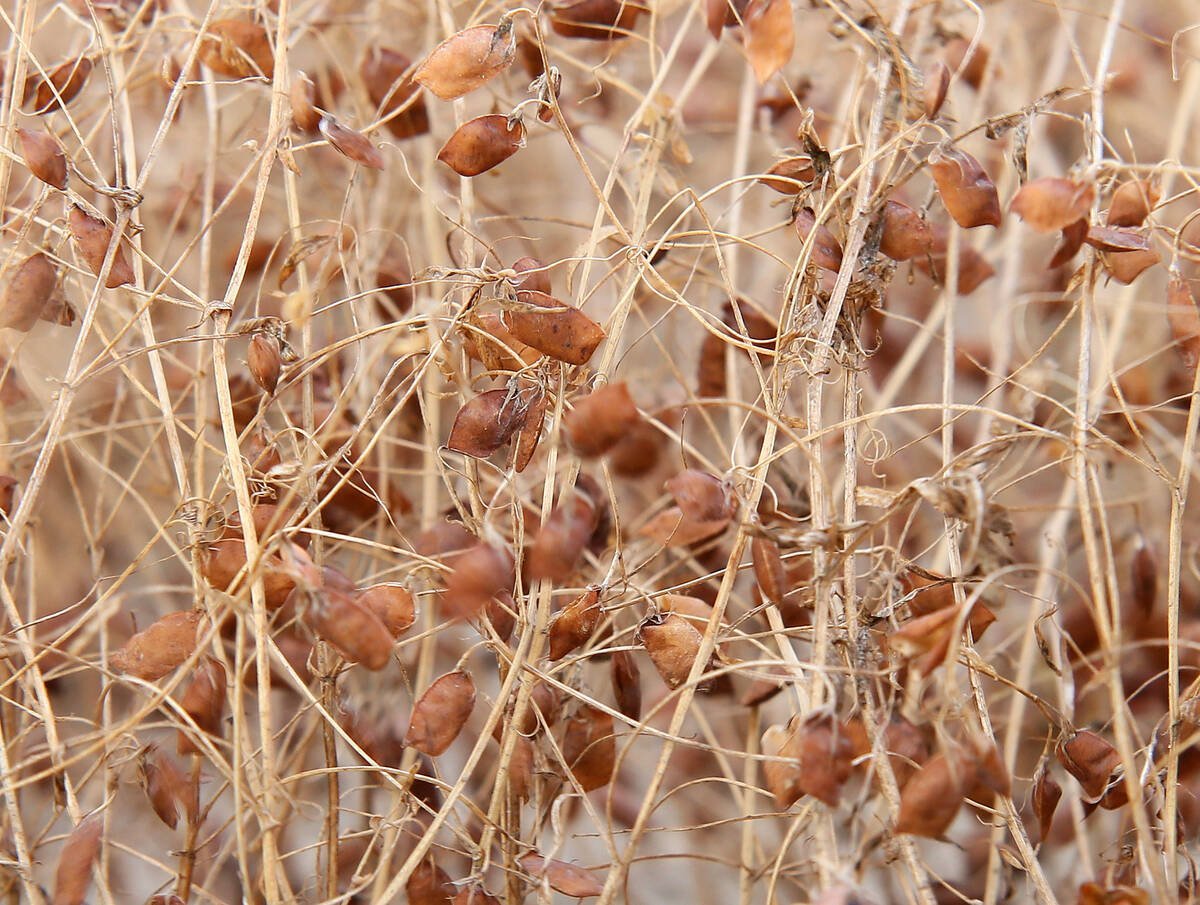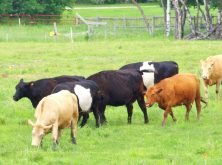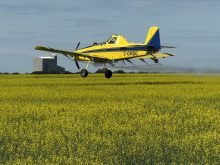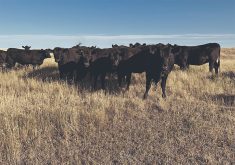REGINA — AgriStability will pay out more in the 2025 program year after Canada’s agriculture ministers agreed to changes proposed earlier this year by Ottawa.
More changes are on the way for 2026 as ministers seek approval from their treasury boards to make the program work better for the livestock sector.
Federal minister Heath MacDonald said after last week’s virtual ministerial meeting there is support across the country to help farmers through current trade uncertainty and weather conditions such as drought.
“Everybody seems to be pulling in the same direction, which is extremely important for us right now,” he said in an interview.
Read Also

Europe holds promise for Canadian lentils
Pulse Canada is trying to help boost lentil consumption in Europe, which is already the fourth largest market.
All the business risk management programs will be thoroughly examined, he said, but the ministers agreed to increase AgriStability’s compensation rate from 80 per cent to 90 per cent and double the payment cap from $3 million to $6 million for 2025. The Saskatchewan government expects that could cost $15 million.
At their in-person September meeting in Winnipeg, the federal, provincial and territorial ministers are expected to approve a new inventory valuation method for inventory used on-farm, such as feed, to take effect in 2026. Ministers are also seeking approval to include feed costs on rented pasture as an allowable expense.
Saskatchewan agriculture minister Daryl Harrison said he wanted improvements for livestock producers. The inventory valuation is a permanent change that will more accurately reflect producers’ expenses, he said. Provinces will have until the fall meeting to seek authority for the other changes.
The ministers also discussed both internal and international trade.
“I’m really concerned that our discussions with China at the federal level are not happening fast enough for my liking,” Harrison said.
“I really want to see the federal government take some committed steps in finalizing a deal.”
He is worried that canola oil, meal, peas and pork, all currently under Chinese tariffs, have been forgotten in the myriad other trade issues, such as steel. Harrison expected premier Scott Moe to raise that concern at the Council of the Federation meeting in Ontario.
MacDonald described the international situation as volatile and said better internal trade measures will benefit producers.
Ministers received an update from the Canadian Food Inspection Agency on internal trade and await the results of two meat slaughter pilot projects that are expected to help determine ways the CFIA can help small to medium-sized businesses that want to market across the country under a federal licence.
MacDonald also said he is committed to looking at the Advance Payment Program, which many farm organizations believe needs updating to reflect the higher costs of farming and work better for livestock operations.
Meanwhile, he is in Toronto this week speaking to the investment community.
“Something that we’re trying to do is unlock some financial assistance through private investment and things like that,” he said.
“That’s not really been done a whole lot in farming, in the agriculture sector under Agriculture and Agri-Food Canada.
“But I think it’s extremely important that Agriculture and Agri-Food have a place mat at a table of investments and investors to ensure that we’re doing everything we can to expose them to some of the great things that are happening in agriculture.”
MacDonald said this could be processing, innovation, technology and value-added. It could include capital costs. Some investors who have not invested in the sector are starting to show interest, he said. It’s important because agriculture represents nearly seven per cent of Canada’s GDP and one in nine jobs.
“If we’re going to drive the economy in the right direction, we need farmers and we need that investment,” he said.
The idea is to think outside the box of the normal routine of being the agriculture minister, he said.
“We’re going to push the envelope as hard as we can, as quick as possible, and see where we end up.”
Keeping farmers competitive amid government regulation is on his “front-burner” all the time, he added, saying decisions have to be made quicker.
“PMRA and CFIA, it’s a constant to ensure that they recognize the fact that we need an economic lens on their decisions as well as their scientific decisions,” he said.
Neither the Pest Management Regulatory Agency nor CFIA are under the agriculture minister’s purview; they are part of the health department. However, MacDonald said the CFIA president spends 95 per cent of his time working within the agriculture department.
The federal minister also said he appreciates the collaboration and support from his provincial and territorial counterparts as he brings himself up to speed on the issues.
“We will not always agree, and I hope we don’t always agree because I don’t think that’s appropriate either, but the professionalism and the hospitality that each of them have shown to me as I travel across the country has been second to none,” MacDonald said.
Harrison was at a Rush Lake, Sask., farm July 21 to detail the AgriStability changes. Farm organizations said they appreciated them.
Both the Saskatchewan Cattle Association and the Saskatchewan Stock Growers Association welcomed potential changes around feed.
SCA chair Chad Ross said the association has long advocated for changes to eligible feed expenses and inventory pricing. He said it would make the program more responsive for livestock producers.
SSGA president Jeff Yorga said improvements to BRM programs are key to industry sustainability, particularly for those dealing with nearly 10 years of drought.
The Agricultural Producers Association of Saskatchewan and the Saskatchewan Association of Rural Municipalities also said the changes provide more support and are positive developments.
In Saskatchewan, AgriStability paid more than $645 million from 2018-23 and payments for 2024 are trending higher.
The Canadian Cattle Association said it hadn’t yet had a chance to analyze what the changes would mean for producers across the country.
The in-person FPT is scheduled for Sept. 7-9.
















